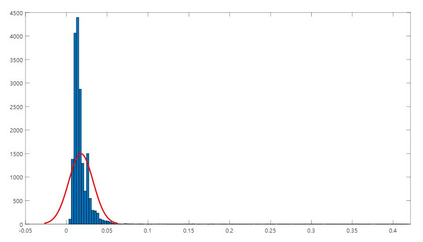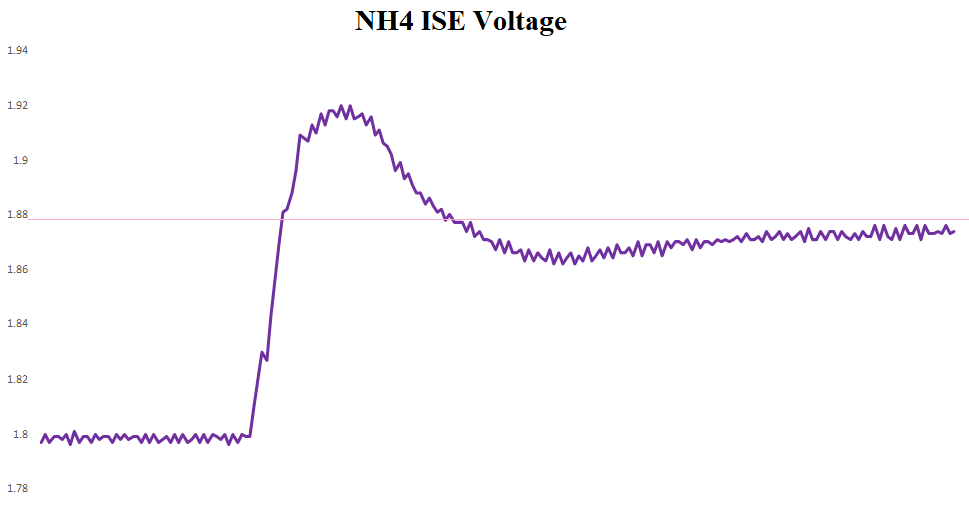We suggest a deep learning based sensor signal processing method to remove chemical, kinetic and electrical artifacts from ion selective electrodes' measured values. An ISE is used to investigate the concentration of a specific ion from aqueous solution, by measuring the Nernst potential along the glass membrane. However, application of ISE on a mixture of multiple ion has some problem. First problem is a chemical artifact which is called ion interference effect. Electrically charged particles interact with each other and flows through the glass membrane of different ISEs. Second problem is the kinetic artifact caused by the movement of the liquid. Water molecules collide with the glass membrane causing abnormal peak values of voltage. The last artifact is the interference of ISEs. When multiple ISEs are dipped into same solution, one electrode's signal emission interference voltage measurement of other electrodes. Therefore, an ISE is recommended to be applied on single-ion solution, without any other sensors applied at the same time. Deep learning approach can remove both 3 artifacts at the same time. The proposed method used 5 layers of artificial neural networks to regress correct signal to remove complex artifacts with one-shot calculation. Its MAPE was less than 1.8% and R2 of regression was 0.997. A randomly chosen value of AI-processed data has MAPE less than 5% (p-value 0.016).
翻译:我们建议采用一种基于深深学习的传感器信号处理方法,从离子选择性电极测量值中去除化学、动动和电气制品。 使用 ISE 来测量玻璃膜沿玻璃膜的内斯特潜力, 从而调查水溶液中特定离子的浓度。 但是, 在多种离子混合物中应用 ISE 是有问题的。 第一个问题是化学文物, 称为离子干扰效应。 电荷粒子相互作用, 并通过不同 IESE 的玻璃膜进行流动。 第二个问题是液体运动引起的动动画。 水分子与玻璃膜的膜碰撞, 导致电压值的异常峰值。 最后一项是 ISEE的干扰。 当多个 ISEE被浸入同一溶液时, 一种电极电极的信号排放干扰挥发量测量。 因此, 建议将ISEE应用在单离解溶液中, 而不同时应用任何其他感官传感器。 深学习方法可以同时去除这三件工艺。 水分子与玻璃膜的玻璃膜相碰撞, 导致电极峰值峰值的峰值值值值异常值值值值值值值。 最后一件工艺是 ISEMAPE 的五层, 。 。 MAAL 的模型的精确值的精确度计算方法比 。








